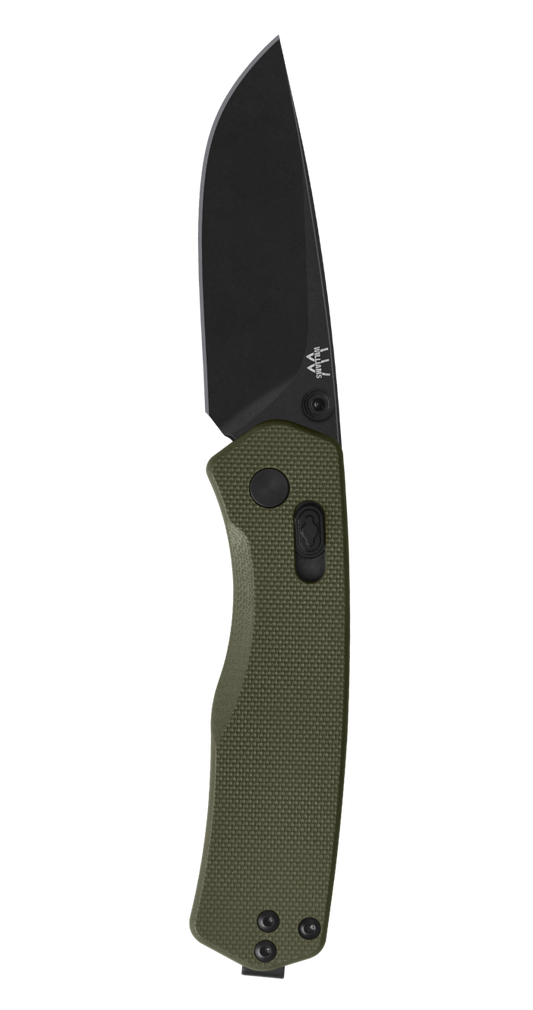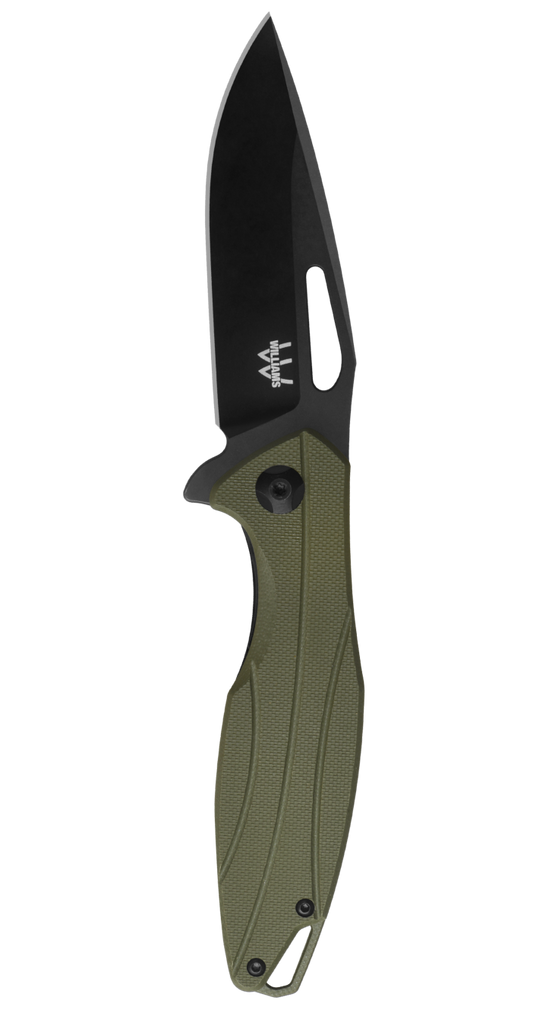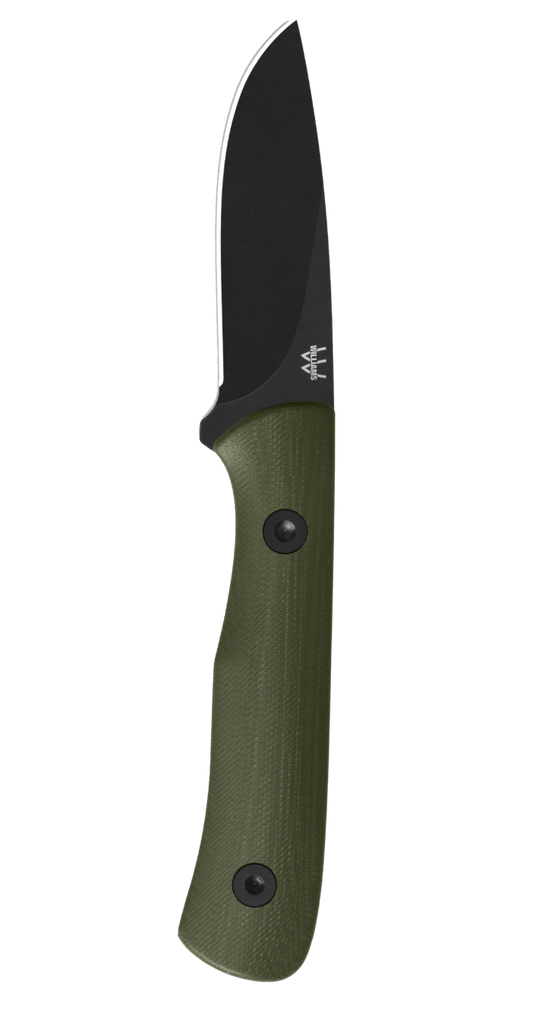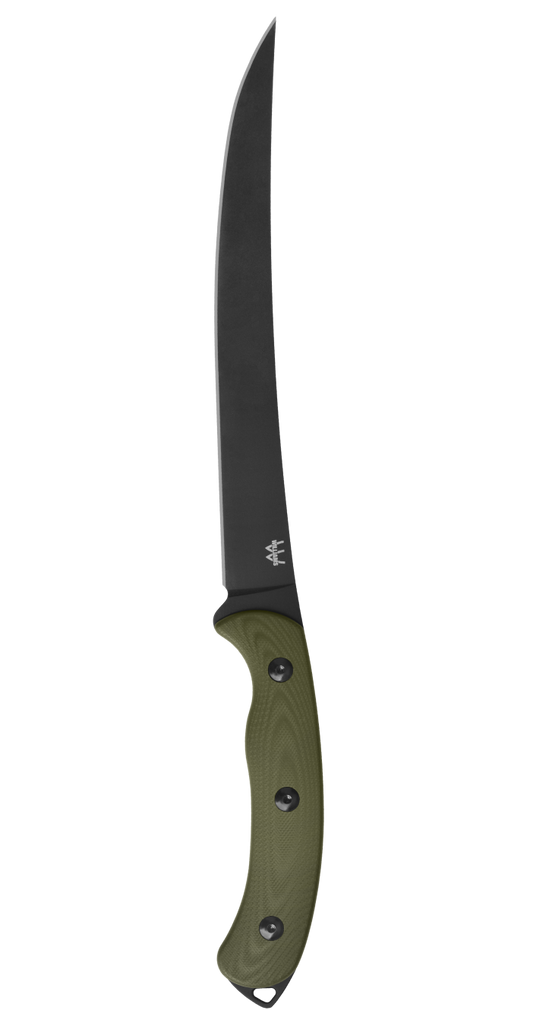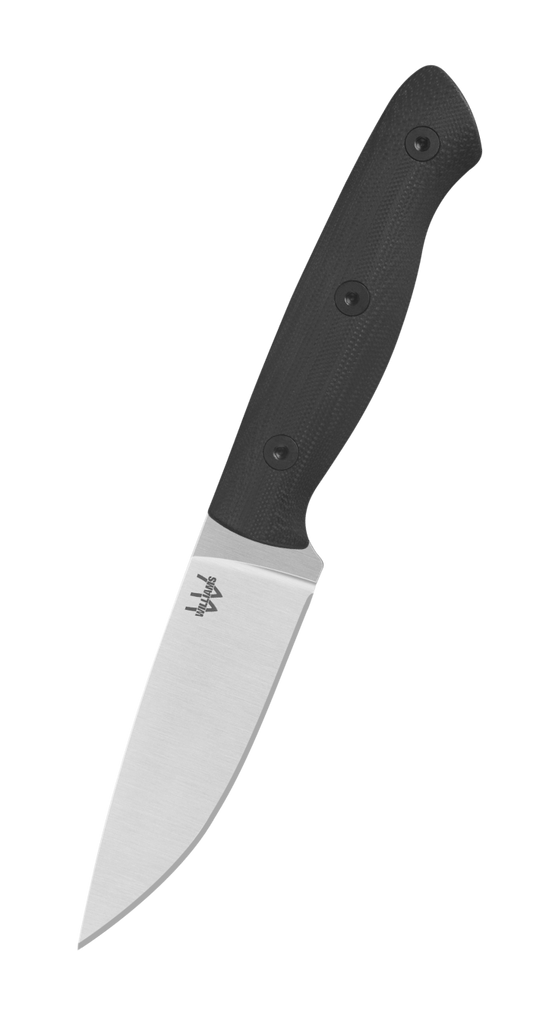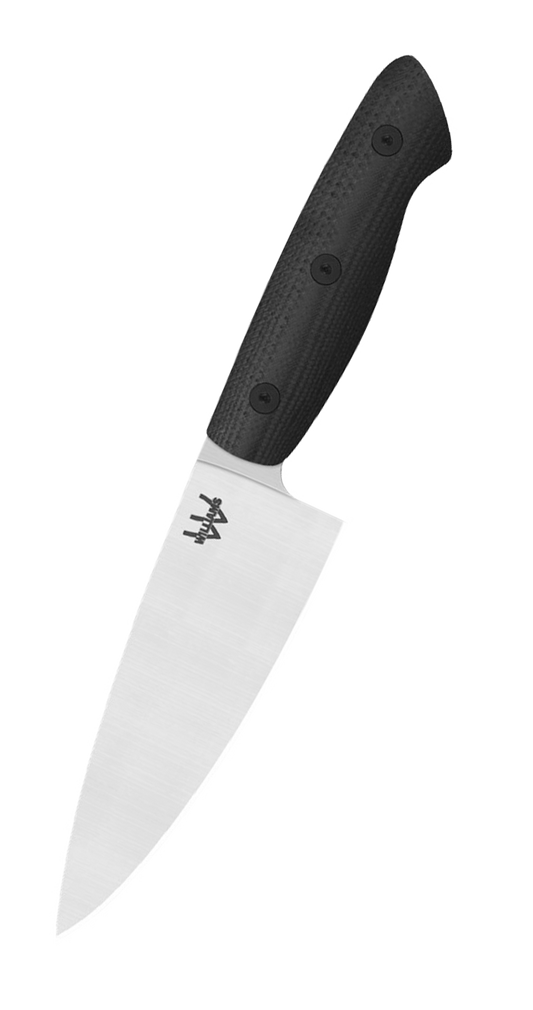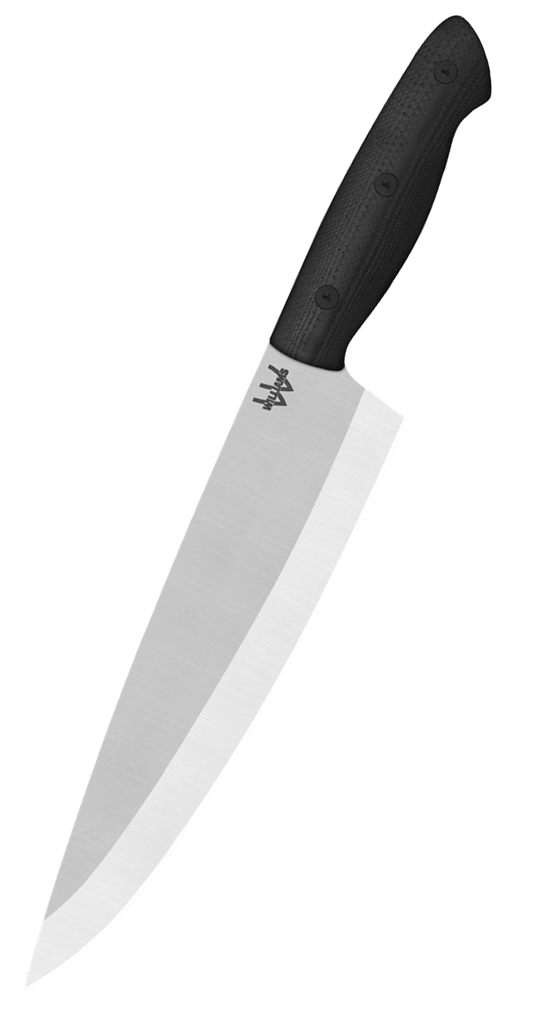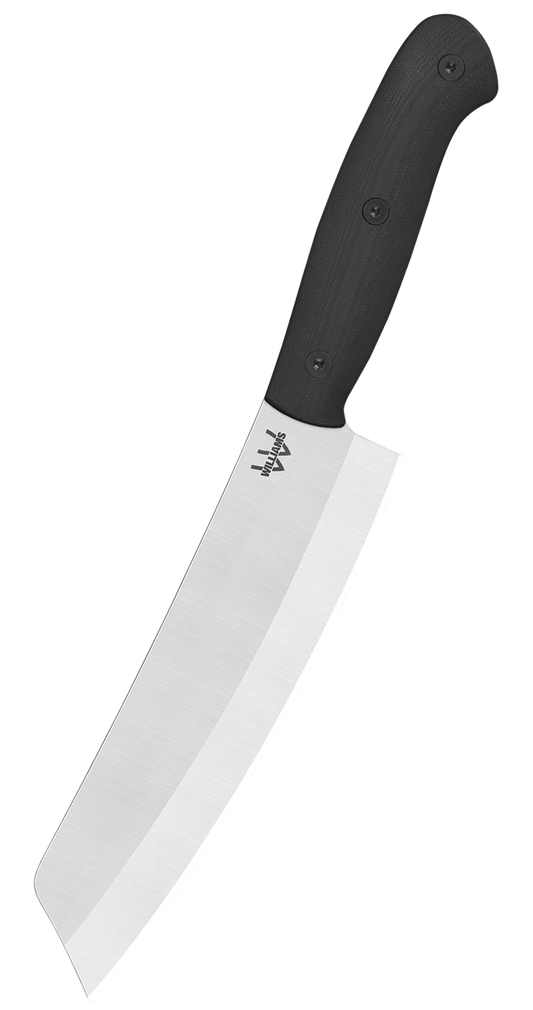I’ll never forget the first time I fished a flood tide. It was late summer in Beaufort, SC, many years ago when a buddy and I parked along the side of the road in a random neighborhood and walked through somebody’s backyard out into the marsh. We wore wading boots and carried only fly rods as we trekked across this expanse of spartina grass that was dry at the moment but would soon become covered in water by the rising tide. My anticipation to see a redfish tail waving in the sea of grass was at an all-time high. The water rose, the fiddler crabs scrambled to climb each blade of grass, and the redfish made their way into this newfound feeding ground. And so, the flood began, along with a new addiction for me.

What is a flood tide?
The flood tide phenomenon happens throughout the Lowcountry region of South Carolina, Georgia, and North Florida, during the summer months and into early Fall when the area experiences the strongest moons. These moons create extreme tide swings, and in turn, the water rises up onto areas of grass that typically remain dry the rest of the year. As redfish follow this rising tide, they find themselves up on these flats that are alive with fiddler crabs and they search around for a meal, or more of a feeding frenzy. Oftentimes when they pin down a crab to eat, their tails fly up out of the water, looking like a flag waving in the wind. As an angler who loves to sight fish, especially with a fly rod, this is one of the most exciting things to witness on the water. And even better, one of the most fun ways to catch a tailing redfish.
As I already mentioned, my first flood tide experience involved walking out onto a flat. That’s right, no boat was needed to go chase these redfish. I’ll never forget thinking how wild that was, but in looking at the natural landscape of the Lowcountry it was easy to see just how much accessibility you can have to fish on foot. After years of chasing these redfish in the grass, I find the best way to get the full flood tide experience is to use a boat to get to a secluded flat, and then get out and wade. If you have 2-3 guys with you, this is a blast as you can each go in different directions and cover more ground quickly. Speaking of time, it’s the best and worst part about a flood. You only have a short window to fish a flood tide, typically about 1.5 hours leading up to the high tide, and the next 1.5 hours following. The great part about this is knowing you have a nice quick day of fishing that should be action-packed. The tough part is knowing that you’re up against the clock to pick the right spot and find the fish. Fortunately when the plan all comes together, it’s a reward like nothing else. True red gold.

That day in Beaufort, SC many years ago I remember standing next to my buddy as I scanned the horizon for one of these redfish tails. There was grass everywhere you looked. I turned to him and asked, “How on earth will you see a tail in all of this grass?” He looked back at me and said, “You’ll see.” A few minutes later, some 50 yards away, in the thickest bunch of grass, this golden tail rose up and waved. It was so vivid it was as if it was the only thing you could see, and he was right, there was no way of missing it.
What gear do you need to fish a flood tide?
One of the best parts about fishing a flood is the simplicity to it. Especially if you’re wading, you won’t want or need to carry much with you, but here are the few things we recommend:
- 8-weight fly rod and reel: It’s the perfect combo to punch through some wind, and hold up to a redfish weaving its way through the sea of spartina grass.
- Black and purple flies: It’s that color combo that just never fails, and for the flood it’s the only thing we’ll throw. You’ll need a little weight on the eyes to get the fly down in front of the fish, and a weed guard is an absolute must. If you’re feeling adventurous, tie on a gurgler and go for a top water bite. Seeing a redfish go from tailing to full on chasing a fly on the surface is a sight you won’t soon forget.
- Wading boots: Stepping on oysters is no fun. Trust us. Get yourself a nice pair of zip-up wading boots, the kind you’d wear down in the Bahamas when chasing bonefish. The zipper is great for easy on/off as there’s a good chance you may want to move around often when chasing down the right flat.
- Camo hoodie sun shirt: Can redfish see us? Absolutely. So we try our best to blend in with the surroundings, and a camo hoodie from Marsh Wear is our go-to for these flood tide missions.
- Polarized sunglasses: obviously a necessity any day on the water, but for a flood tide we highly recommend glasses with a copper silver lens, like the Jose Pro from Costa. These will help create contrast in the grass and really make those tails pop.
- LiteCarry knife: Nobody wants to wade around with a heavy knife on their side. The LiteCarry folder knife is the perfect lightweight companion
How to look for a good flood tide flat
If you’re like us, you love to browse Google Earth in search of your next fishing spot. It’s the perfect tool in finding a great flood tide flat, and there are definitely some very distinct characteristics to look for. You want to find a flat that looks lighter in color on the map. This color difference will mean that it’s the highest ground which typically remains dry, and also indicates shorter and sparse grass. If the grass is too thick, it’s not the spot you want. We typically start by following a main channel into feeder creeks, and follow those creeks until they “end” at these dry flats. Pick 2 or 3 that have these exact characteristics and make that the plan for the day. If they don’t produce, try 2-3 more the next day, and so on until you find those magical spots.
Like any fishing, whether you’re targeting tarpon on the flats or bass in a canal, the flood tide is a game. It’s an exhilarating hunt and one of the most visual ways you’ll fish anywhere in the world, and the reward is extra sweet. One last word of advice: ALWAYS have an exit strategy. It’s very easy to get caught up in the fun of seeing tails and forget that the tide WILL fall back off of the flat. You do not want to still be there when that happens (unless you love waiting 12 hours until the water comes back up). Know where you plan to exit the flat and how long you need to get there, and never be late.
Wishing you all tight lines.



